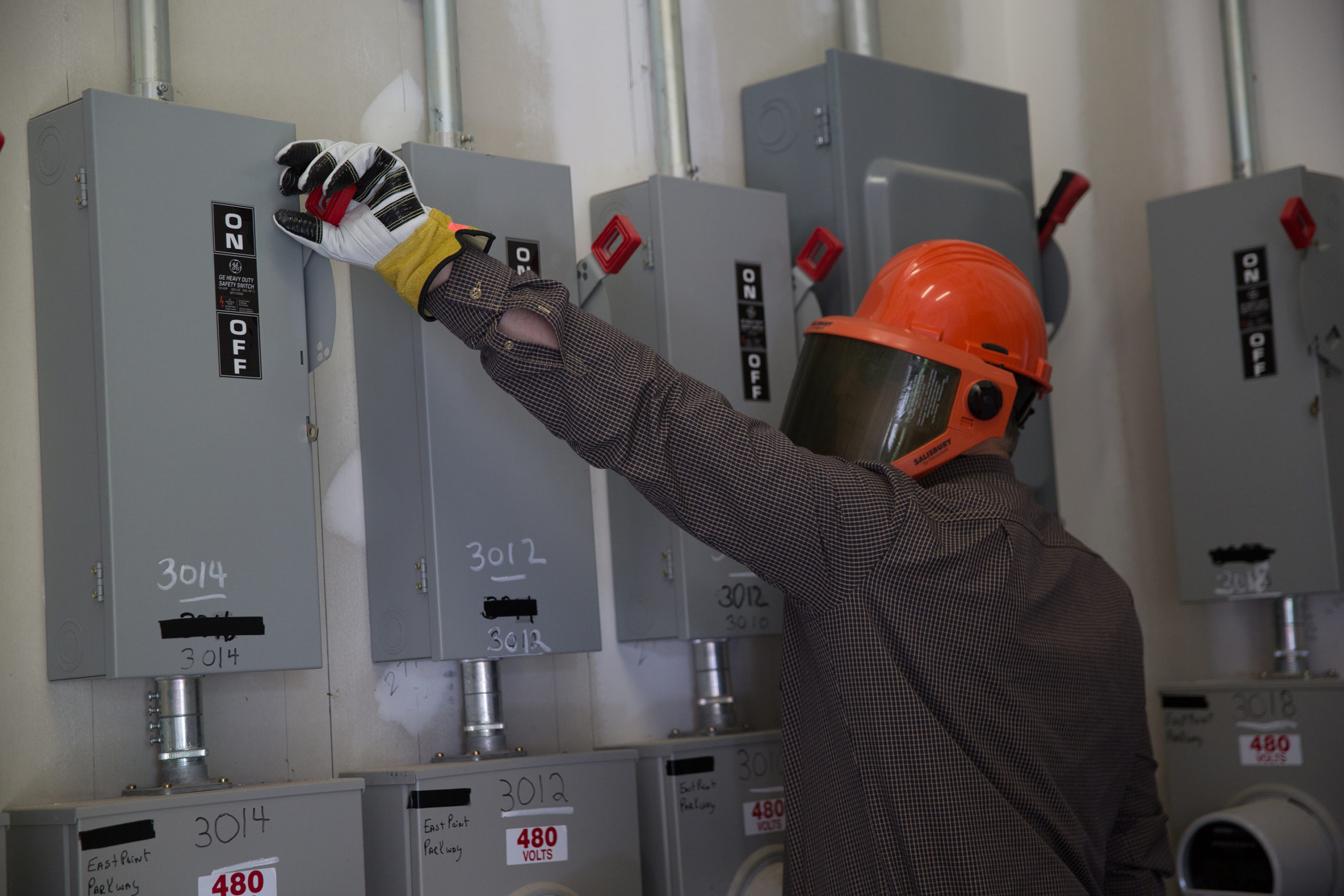What is Incident Energy, and Why Is It Important to My Job as an Electrical Worker?
When viewed from the surface, these two questions may seem to warrant a relatively simple answer. In reality, there are many factors and parameters that contribute to providing an adequate answer to these very important inquiries. Therefore, in an attempt to render the questions with a suitable response, a series of three short articles, presented in ‘bite sized’ portions, will be used to reach the goal.
Training is Essential
Many frontline electrical workers, supervisors, managers, and safety consultants have a basic comprehension of the dangerous condition known as arc flash hazards. In my experience, a majority understand an arc flash can seriously injure or even kill, and wearing adequate arc rated (AR) PPE is somehow related to the incident energy of the electrical equipment they’re about to work on.
But their rudimentary knowledge oftentimes doesn’t extend much further than a basal awareness of the enigma known as an arc flash hazard and how incident energy plays into the mix.
The lack of important safety knowledge isn’t the fault of the worker but is a result of non-existent or inadequate electrical safety training. Ensuring electrical workers receive adequate safety training so they’ll be able to not only identify hazards but, more importantly, mitigate or eliminate them is directly tied to their status as a “qualified [electrical] person.”
And for someone to be considered a qualified person, the employer’s responsibility is to provide that employee with the necessary electrical safety related training “as it pertains to his/her job assignments,” according to OSHA regulations and NFPA 70E – Standard for Electrical Safety in the Workplace®.
Let's Take A Step Back - What is Arc Flash?
First, let’s define what an arc flash hazard is. In the next few articles, we will move into the realm of incident energy and other crucial factors affecting it.
From a federal regulatory position, OSHA’s governance pursuant to 29CFR (Code of Federal Regulations) for General Industry 1910 subparts R and S and the Construction standards 1926 subparts K and V, contains employer mandates to protect employees from arc flash hazards, but, unfortunately, they don’t provide definitions of the hazard.
Additionally, OSHA’s application is broad by combining “flames and electric arcs” into one classification. For example, 1910.269(I)(8) and 1926.960(g) are identically titled “Protection from flames and electric arcs.” Those familiar with electric safety know all too well there’s a world of difference between flames and electric arcs.
To OSHA’s credit, Appendices E – “Protection from Flames and Electric Arcs” of both 1910 subpart R and 1926 subpart V sheds a little more light on the “do’s and don’ts.” But the scope of the appendices is limited to electric power generation, transmission and distribution, i.e. electric utility companies.
Fortunately for those employers who don’t send customers a monthly electric bill, several consensus standards can provide us with some “official” definitions and additional guidance.
The 2021 NFPA 70E – Standard for Electrical Safety in the Workplace® article 100 and its accompanying note #1 state an arc flash hazard is “A source of possible injury or damage to health associated with the release of energy caused by an electric arc.”
The definition, while accurate, tends to be slightly vague, and the accompanying informational note focuses on the likelihood of an arc flash event occurring rather than an explanation.
IEEE 1584 -How Does This Standard Define Arc Flash?
Now, let’s transition slightly with information derived from the 2018 IEEE 1584 – IEEE Guide for Performing Arc-Flash Hazard Calculations®.
Section 3.1 provides three important definitions along with Informational Annex E. This quadruple approach should aid in a better understanding.
- Arc Flash – An electric arc event with thermal energy dissipated as radiant, convective, and conductive heat.
- Arc-Flash Hazard – A Dangerous condition associated with an electric arc likely to cause possible injury.
- Arcing Fault Current – A fault current flowing through an electric arc plasma. Syn: arc current.
- Informational Annex E – What is an arc flash? provides the following statement from section E1:
“When an arc flash is initiated, the usually large current generates a strong magnetic field that propels the loose part or tool away. This breaks its contact with the energized parts. As the part moves, the current continues and forms hot arcs that consume conductors, ionizes gases, and generates a plasma cloud. There is a very bright light and the sound of an explosion. The rapidly expanding gases may blow open doors and propel parts, liquid metal droplets and metal oxide dust. Radiant and convective heat energy may ignite clothing and burn skin on a person a significant distance from the fault. Damage to skin, eyes, ears and lungs can occur and may be temporary or permanent and in some cases death may result. The injured person may never return to their job. “
An arc flash occurs when electric current bridges air [arcing fault current], which is normally an insulator. This causes metals to vaporize [arc plasma], resulting in hot expanding gases at extremely high temperatures [radiant and thermal energy] to be expelled, followed by a blinding flash [light energy] and deafening noise [sound energy], causing serious injury or death.
Note the emphasis on thermal energy released through radiant, conductive, convective forms accompanied by light energy. Therefore, an arc flash hazard is essentially a massive amount of heat released nearly instantaneously resulting in ignition of flammable materials and serious burns to human tissue.
So How Does Incident Energy Tie Into All of This?
In Part 2, we will build on what we’ve learned about arc flash and arc flash hazards by connecting the dots back to the original question, “What is incident energy, and why is it important to my job as an electrical worker?”
For further reading: Am I a Qualified Electrician?

